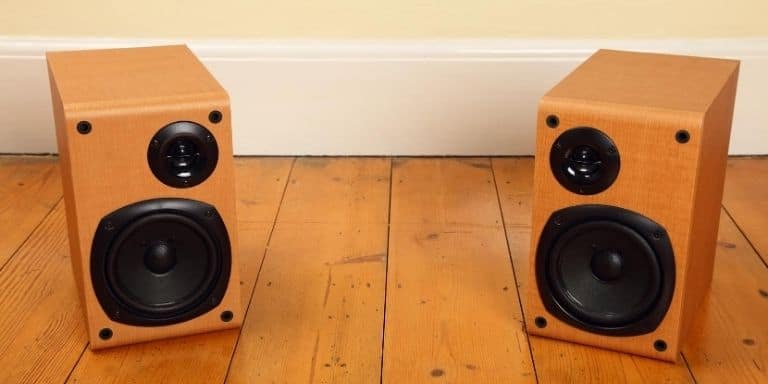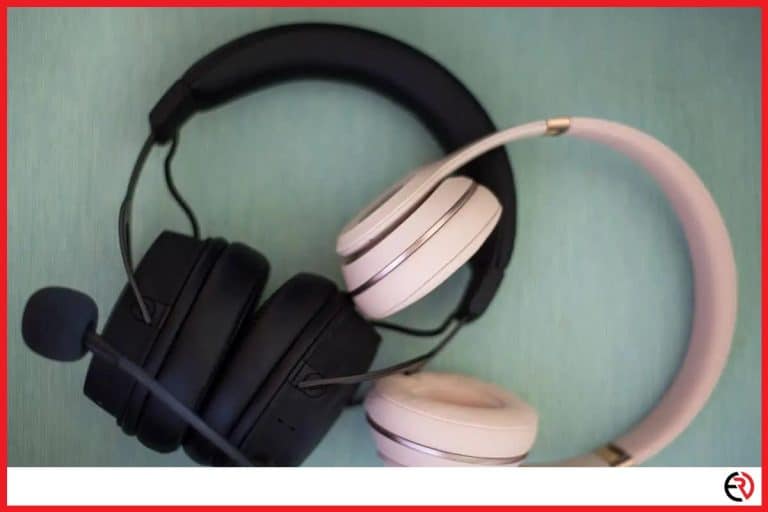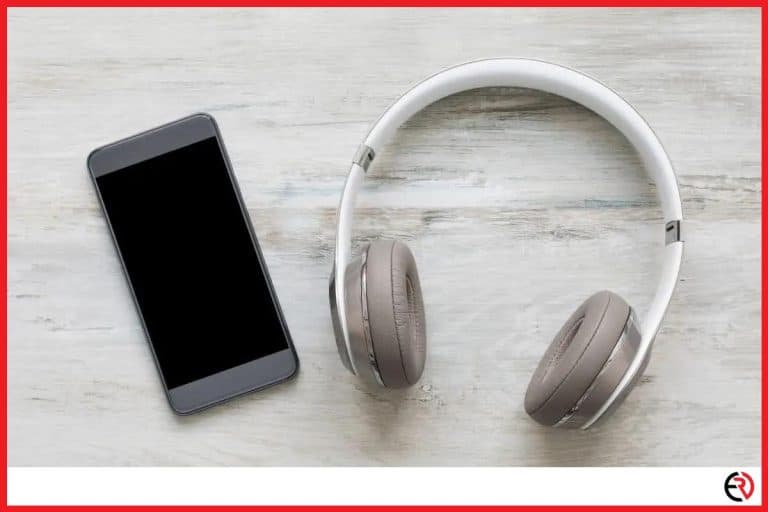Do You Need Headphones for Binaural Beats?
This post may contain affiliate links which means that, if you choose to make a purchase, I may earn a small commission at no extra cost to you.
Music Therapy has been around for a very long time. The ancient Greeks used music for therapeutic reasons and the great Greek philosophers Plato, Pythagoras, and Aristotle all refer to the therapeutic value of music.
Binaural beats are a form of music that is currently en vogue for a variety of reasons. But it is not as new as we might think, according to healthline.com Heinrich Wilhelm Dove, a Prussian meteorologist was credited with discovering Binaural beats in 1879. Read on to learn more about the phenomenon.
What are Binaural Beats?
By listening to music of slightly different frequencies in each ear, the brain perceives a third sound, a beat which affects the neurons in the brain.
Binaural beats are an auditory illusion caused by listening to two tones of slightly different frequency, one in each ear. The difference in frequencies creates the illusion of a third sound — a rhythmic beat. Neurons throughout the brain begin to send electrical messages at the same rate as the imaginary beat.
(ScienceDaily, 2020).
The use of binaural beats is subjective, and we’ll discuss that further below. But what this means is that reliable scientific evidence is scarce because it is not a recognized form of treatment or therapy in modern medicine.
Can Binaural Beats Work Without Headphones?
Because of the way binaural beats work, they put a different sound frequency in each ear; it makes sense that binaural beats work best with headphones. Not to say that binaural beats will not work at all without headphones, but it is logical for the best experience headphones are a requirement. More details below.
Does using Binaural Beats Work?
There is strong evidence that music therapy works, there are also strong opinions regarding the effectiveness or otherwise regarding the use of binaural beats as a therapeutic tool. Therefore, let’s start by looking at how binaural beats are supposed to be able to help us.
Binaural beats are said to:
- help with meditation
- help the listener achieve meditative state sooner
- lower stress
- help with relaxing
- reduce anxiety
- improve moods
- promote creativity
- assist with pain management
- raise vibrations
- lessen the effects of dementia
How they do so is the way our brains fill the silence in between the two tones. The two tones frequencies need to be below 1000 Hz, and the difference between the two tones must not be over 30 Hz. Within this area, there is scope to use different tones and frequency variations to promote different outcomes.
According to Healthline, there is evidence that binaural beats have health benefits in support of anxiety, mood, and performance.
A controlled study found that binaural beats significantly reduced pre-operative anxiety compared to similar audio without binaural tones, or using no sound at all. Of the 100 people in the research about to undergo surgery anxiety levels were 50% less for those people who listened to binaural beat audio.
Other studies discussed show an improvement on a given task and a reduction in negative moods when using 16 and 24 Hz binaural beats. The researchers observed patients in a hospital emergency room. They noted significant decreases in anxiety levels in 291 patients who were exposed to audio with embedded binaural beats with headphones, compared to those who listened to audio without binaural beats or listened to nothing at all.
In the article Do Binaural Beats Have Health Benefits? Jacquelyn Cafasso concludes that daily listening to binaural beats does appear to have promising effects against anxiety, stress, and negative mental states.
The alternative argument is that the research undertaken is uncontrolled and inconclusive due to the low numbers. Also, because a medical doctor doesn’t oversee binaural beats treatments; it is at best regarded as a ‘semi-experimental’ treatment.
In a study reported on Frontiers in Human Neuroscience, there were no significant EEG changes between baseline and the frequencies used for binaural beats. There was no change in skin conductance or heart rate when undertaking psycho-physiological measures. Therefore, they concluded that binaural beats are not suitable as a potential tool to induce emotional changes.
The paper explores several tests and should you wish to explore it further there is a link in the references below. Some of the information does state that some studies lacked proper control conditions and experimental protocols, and many findings were inconclusive. The concluding results, however, were ‘no overall differences between binaural-beat and acoustic-beat stimulation.’ (Licklider et al., 1950, in Litvak, 2017). In fact, there was no difference between acoustic and binaural beats in the effects of their auditory use.
Many people will happily say that using binaural beats has assisted them by reducing stress, helping them relax and aided them in some way.
Can you listen to Binaural Beats on Speakers?

Naturally, it is possible to listen to binaural beats with any device you choose, and some may gain positive results from doing so. People who use them as a way into meditation, for example, swear by their effectiveness. Due to the learned memory aspect of hearing the audio again, it is highly likely that someone who has used headphones in the past would successfully use the same audio without headphones just as successfully.
New users may gain something from using the binaural beats without headphones, but the success is likely to be significantly less because to work effectively there needs to be a different tone fed into each ear. One method that may work to some extent is when using computer speakers that are positioned close to the user and very much positioned for each ear to maximize the auditory effects.
Realistically, suppliers and creators of binaural beats will advise using headphones for maximum effect. In fact, by listening without it is highly probable that both ears will pick up some of both frequencies and therefore the opportunity for the brain to pick up the binaural beats is lost.
What kind of Headphones works best with Binaural Beats?

To gain the most from using binaural beats good quality over-ear headphones are the best for accessing binaural beats. Creators and suppliers of binaural beats music will strongly advise the best quality over-ear headphones because for maximum effectiveness each ear must hear a different frequency.
Whichever type of headphones you use, maximum external noise isolation is essential and some in ear phones may be quite effective.
The newest style of headphones is the ‘phones that are fitted in a headband and designed for listening as you fall asleep. When purchasing this style of headphone it is vital to check their noise-cancelling abilities and how they fit over your ears, they need to be snug to be effective.
Arguably, you should use the best noise-cancelling high-quality headphones that you can afford. Over-ear headphones will always be the best option for the full auditory experience, but the high-end in-ear, earbuds and headband style could be utilized as long as they are noise cancelling and have high audio clarity.
Finally
There is no doubt that music helps us in lots of ways and there are a lot of people who swear that using binaural beats as therapy works for them or their clients. You only have to look on Youtube to see all the various uploads of binaural beats of varying frequencies that claim to offer help with different problems and to enhance mediation and with things like abundance.
The great thing is that there is no perception from anywhere to suggest that binaural beats cause any damage. Therefore, if anyone creating binaural beats to help other people were to follow the medical oath of ‘First, do no harm’ (Hippocrates) then they may continue with a clear conscience.
Moreover, because the sound waves differ and because there is scope within the frequencies for a variety of binaural beats at different frequencies there is a real possibility that when one frequency set does not work for an individual that another might. Also, a frequency that works for one ailment may not help with another and so on.
It is fair to conclude that because there has been very little in the way of high number controlled studies on the therapeutic effects of binaural beats that what is needed is some serious controlled study into use as a therapeutic tool.
Although, in the meantime, individuals who try using binaural beats and if at first, it doesn’t work, should try a different set of frequencies. With so many people saying that it helps them in some way, there has to be something in it. For best results though, you definitely need the best possible noise-cancelling headphones for binaural beats. Happy listening.







